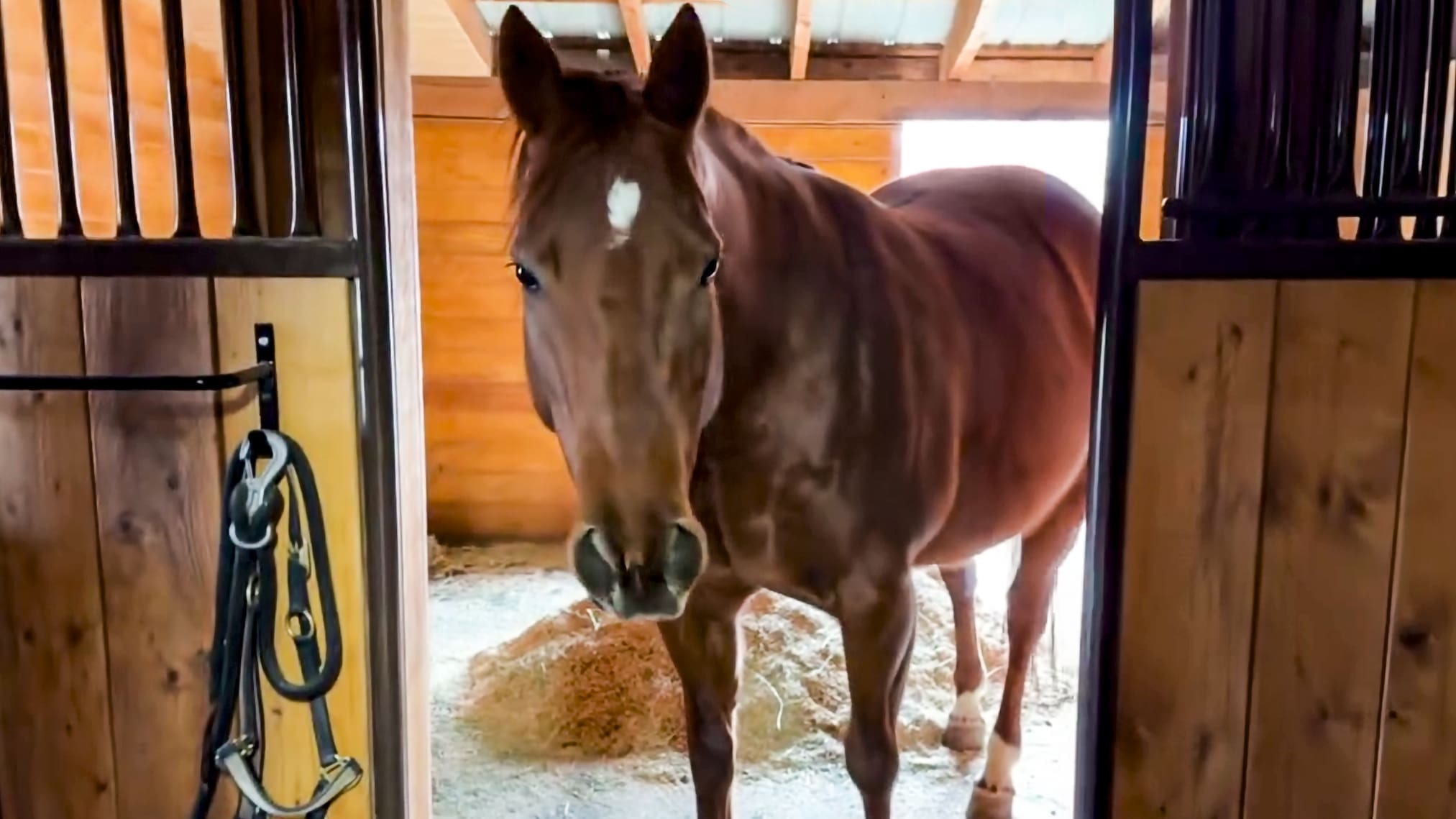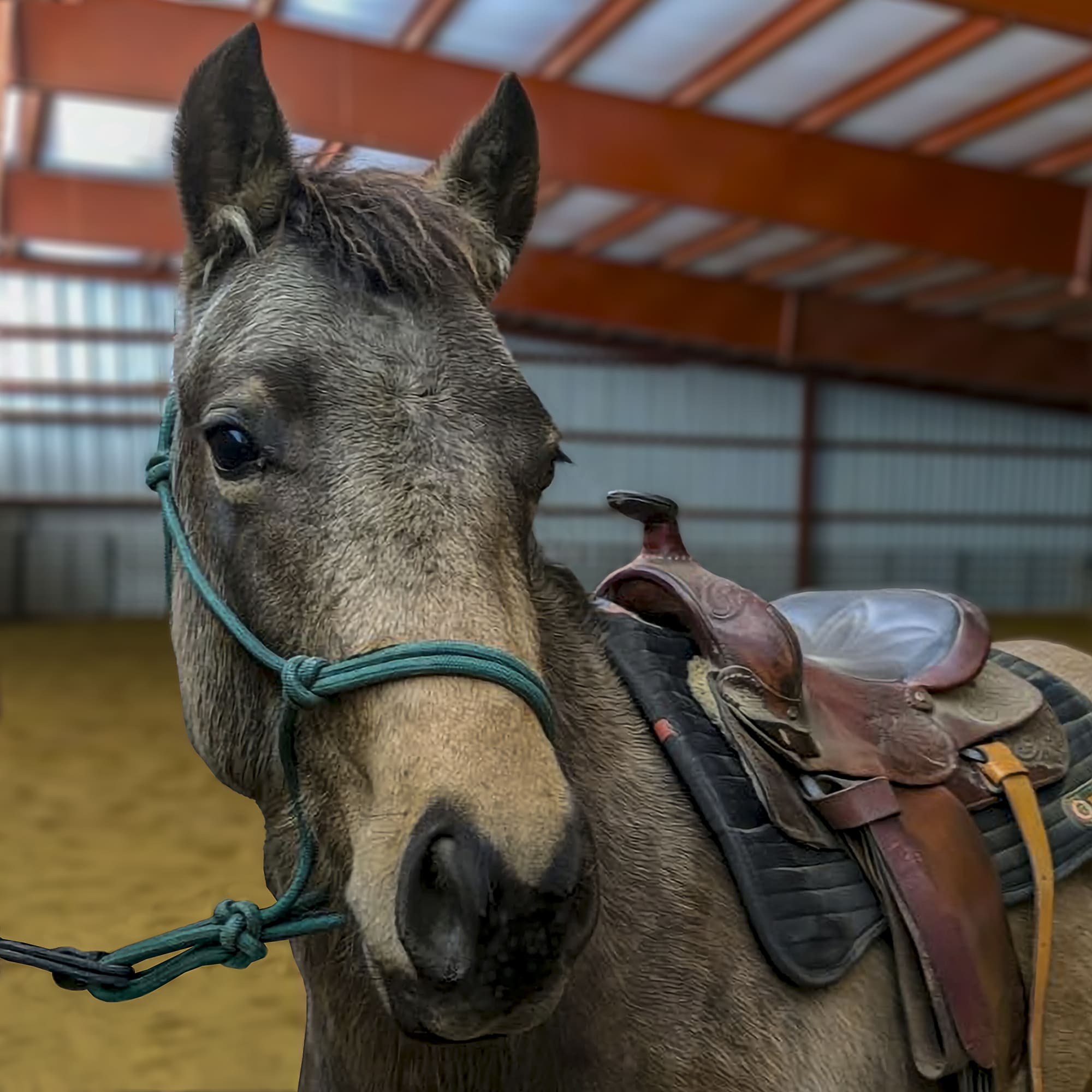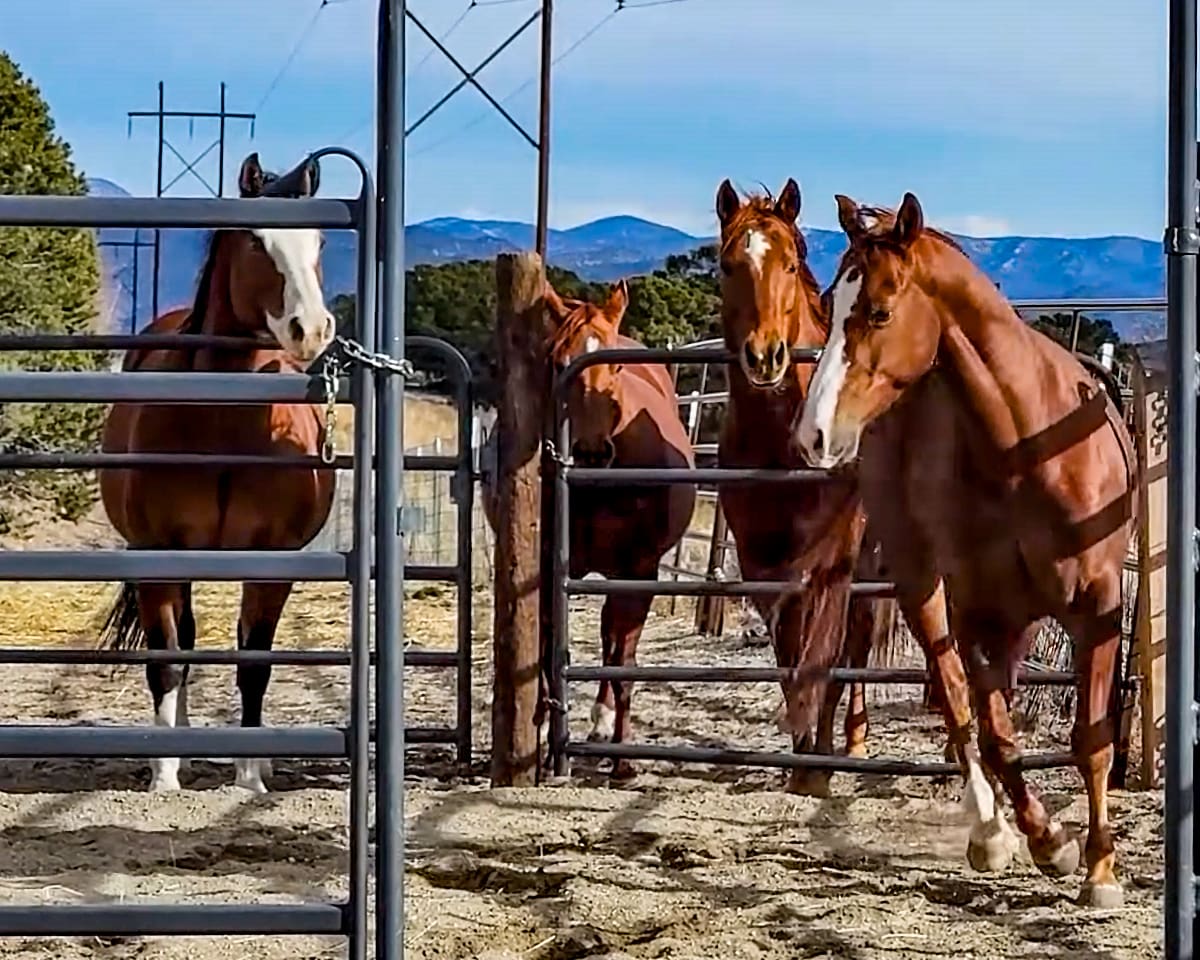
Horsemanship clinics are intensive training opportunities, usually with an expert from another area. As a horsemanship clinician, I generally work with riders and horses I’ve never met, and usually on a one-time basis.
There are both pros and cons of working with horses and their owners only once. The obvious benefit is that I have no preconceived notions about horse or rider; I just see, evaluate, and work with the horse/rider in front of me to improve them both. Seeing everything with a fresh, objective pair of eyes often sheds new light on the subject. The downside for me is that I don’t get to see the long-range improvements made by the horse and rider, or know how the clinic impacted them.
Getting follow-up letters from clinic participants means a lot to me.
Of course, I love hearing how the clinic impacted their horsemanship, but even more valuable to me is hearing what was most beneficial to the participant. What were the best nuggets you got from the clinic? What really clicked with you and your horse?
Hearing these things from the participant’s point of view helps me improve my teaching skills and helps me know what helped them the most. For the clinic participant, putting it in writing helps her solidify what she learned and remember it for a long time.
This is a recent follow-up letter I received from a clinic participant…
Dear Julie,
I just wanted to say thanks again for doing your clinic in Colorado! Not only did I benefit, but my husband’s understanding of horses and horsemanship moved Light Years Ahead!!! You have been blessed with an incredible talent for teaching! You always find a way to explain things that others have made so complicated!!!
I wanted to let you know that when I rode my horse today I immediately put the following principles [that I learned at the clinic] to work:
Groundwork (esp. not getting ahead of my hand)
Head down in the closet
Lunging and when he backed up because he didn’t want to go clockwise, we just kept backing- twice around the ring!!! Finally, he got it!
The first 10 minutes of Golden Moments
Slow, easy figure 8s to relax him in the ring.
Keeping him between my legs–in the tunnelI made a list of what I wanted to work on and what the discipline would be so that I would not hesitate to think about it. This has helped me SO VERY MUCH!!!
Thank You Julie,
Barb
Some of these things would make more sense if you had been at the clinic, but most of them are topics I cover in every clinic I do. Still, it’s good to know how people benefitted. Some stuff on her list—like “riding through the tunnel” (about using your natural aids effectively)—I only cover on certain occasions when I am in the mood to wax poetic. With a follow-up comment like Barb’s, I am much more likely to teach this in more clinics!
Every horse and human arrive at the clinic with varying levels of riding, training and confidence behind them. It is my job as the clinician to adapt to the level of each horse and each person, be it high or low. My goal for each horse/rider/handler is to meet them where they are currently, and take them to the “next level,” whatever that looks like for that individual.
While Barb lists quite a few of the things she worked on at the clinic, there was a lot more content in the clinic than what appears on her list—these are simply the things that resonated with Barb and impacted her horse (and her horsemanship) the most. If every rider made their own list, we’d see a lot of variety!
You get out of a clinic what you are ready to learn. I am passionate about teaching horsemanship and training horses. I give as much of myself as I can at a clinic because I love helping horses. But I could give of myself even more—be the best teacher ever—and still, what the rider takes away from the clinic depends on what she puts into it.
If you go to a horsemanship clinic thinking someone else is going to do the challenging work for you—that the clinician is going to simply lay hands on your horse and miraculously cure him of his ills—you probably won’t get much out of the clinic. On the other hand, if you come to the clinic like a sponge—eager to soak up as much information as you can and open to trying new techniques—you will come home with your head swimming in new knowledge and the enthusiasm to get to the barn to work on it!
Write down what resonates with you. In making this list, Barb not only seated this new knowledge in her brain, she also sparked her enthusiasm and was motivated to do more with her horse. By sending this list to me, it both sealed Barb’s commitment to her horse and helped me grow as a clinician—to know what was most useful to my student and what caused the greatest change in the horse. For that, I am grateful.
I always encourage clinic participants to write down every meaningful thing they learn at a clinic. Why? No matter how valuable the information seemed at the time, you’ll forget it if you don’t write it down.
For myself, I always take a little pocket notebook when I ride in a clinic. Whenever it strikes me, I whip out the notebook and write the thought down. I have a whole box full of little butt-shaped notebooks with hundreds of gems of wisdom from every clinic I’ve ever taken. Occasionally I thumb through them and I get to learn the things I’ve forgotten all over again!
Auditing a clinic is also a valuable way to learn. It’s interesting to watch all the horses in the clinic, to see what the clinician sees, and to see how different horses (and handlers/riders) react and respond.
It’s extremely valuable to watch other people ride and do groundwork. You often see the mistakes another person makes before you see it in yourself. Often people watching the clinic relate when they see a mistake and say, “That’s exactly what I do!”
Come prepared—not perfect. Like any type of schooling or training, you only get out of it what you put into it. Occasionally, a rider comes to a clinic without having ridden her horse in a long time, and consequently, afraid to ride at the clinic. I often get the feeling that they thought signing up for the clinic would motivate them to ride more in preparation. Instead, procrastination kicks in, and before you know it the day of the clinic arrives and no preparation has occurred.
As the clinician, it’s still my job to help that horse and person as best I can—but if the student abdicates all responsibility for learning, there’s little I can do to help.
For others, registering well ahead of time for a horsemanship clinic gives them time to get in shape, set realistic goals and arrive at the clinic ready to soak it all in and soar right up to the next level of horsemanship. Registering for the clinic early forms a commitment of time and resources to the endeavor, and motivates the student to be prepared and eager for the opportunity.
Come ready to learn, and bring a pen. Whether you attend a horsemanship clinic as a spectator or a participant, arrive with an open mind, a positive attitude and a blank notebook to write in. Think out your goals and your questions ahead of time so you are armed and ready to get the most out of the clinic. At the end of the day, write down the significant things you learned, how you did it and why it worked.
After you get home, reflect on the experience for a few days. Make a plan—like Barb did—to utilize your newfound knowledge and for putting what you learned to work with your horse. You don’t have to share your follow-up plan with the clinician, but if it’s me, I hope you will!
I’d love to see you at one of my horsemanship clinics this year, and I promise to give you and your horse the best experience I can. For more information on my 2018 clinic tour and the fabulous Getaway Clinics I am doing in both Colorado and Ireland this year, visit JulieGoodnight.com/clinics
Enjoy the ride,
Julie




No comment yet, add your voice below!